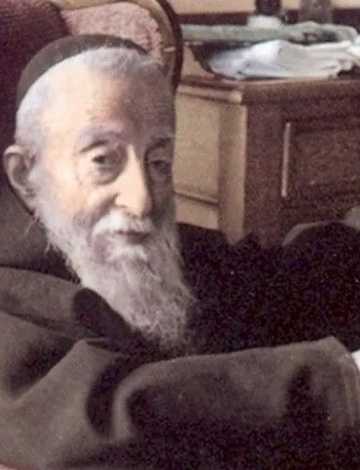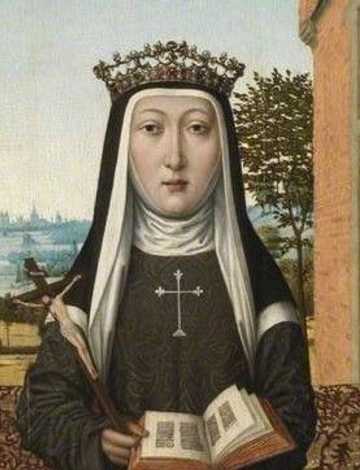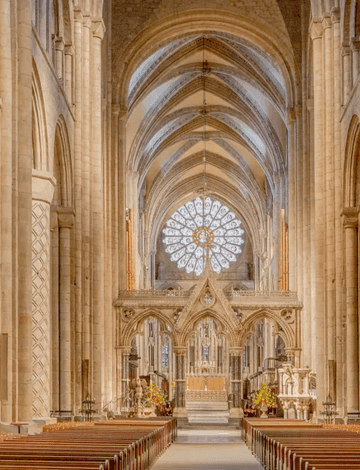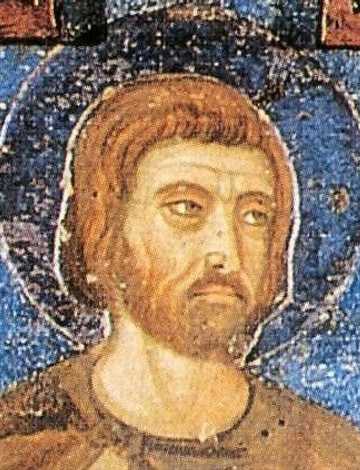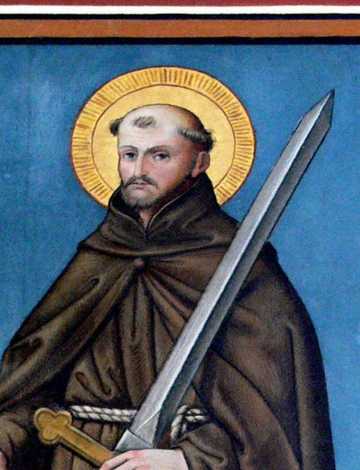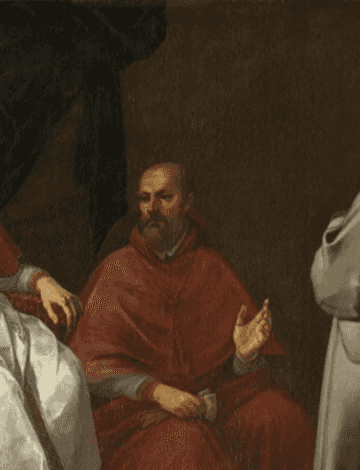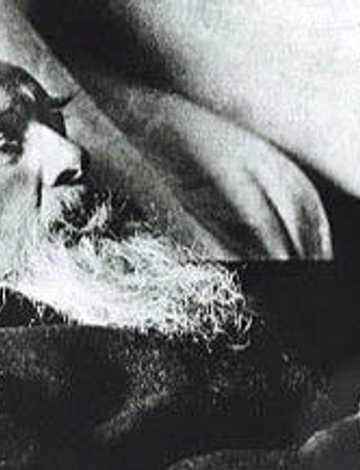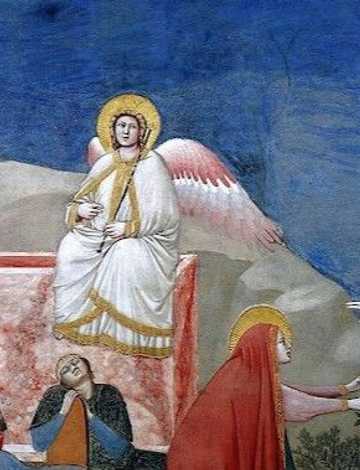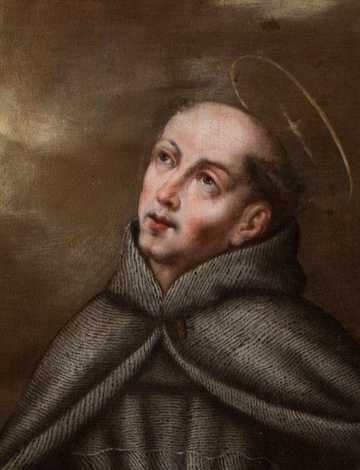
On May 13, Franciscans celebrate the memory of a lesser-known Spanish friar saint, Pedro Regalado (Peter Regulatus) (1390–1456), who devoted his life to prayer and contemplation.
On May 13, Franciscans celebrate the memory of a lesser-known Spanish friar saint, Pedro Regalado (Peter Regulatus) (1390–1456), who devoted his life to prayer and contemplation.
On May 12, Franciscans celebrate the memory of St. Leopold Mandic of Castelnuovo (1866–1942), a Capuchin friar famous for his dedicated ministry in the Sacrament of Reconciliation.
On May 9, the Franciscan family celebrates the memory of St. Catherine of Bologna (1413–1463), a Poor Clare celebrated for her devotion and learning.
To mark the 800th anniversary of the death of St. Francis of Assisi, the Centre for Catholic Studies (CCS) at Durham University will hold its third international Franciscan Studies conference, Life and Love Transfigured: Exploring New Horizons in the Franciscan Tradition, from April 14 to April 16, 2026.
On April 28, Franciscans—especially Secular Franciscans and members of the Third Order Regular—honor the memory of Blessed Luchesius of Poggibonsi (c. 1180-1260).
On April 24, the Franciscan family celebrates the memory of St. Fidelis of Sigmaringen (1577-1622), a heroic martyr for the Catholic faith.
On April 23, the Franciscan family celebrates the memory of Blessed Giles of Assisi (c. 1190–1262), one of the first companions of St. Francis. A recent study capsulizes him as a “mystic and rebel.”
On April 21, the Franciscan family celebrates the memory of a Bavarian Capuchin brother, Conrad of Parzham (1818-1894), who was known for his life of deep prayer, practical wisdom, and humble, cheerful service.
On this Easter Sunday, let us meditate on the powerful image of the Resurrection in the lower basilica of San Francesco in Assisi, reflecting on this passage from “The Tree of Life” by Saint Bonaventure.
